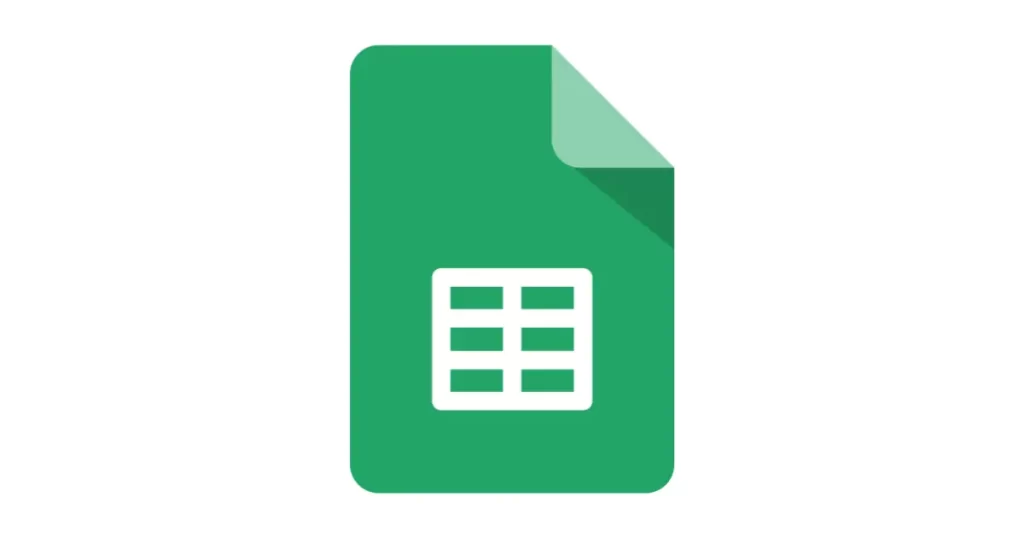Table of Contents
In this article, you will learn how to lock cells in Google Sheets. Let’s do it.
In the fast-paced realm of online document collaboration, ensuring the utmost security of your data is non-negotiable. One crucial aspect often overlooked is the ability to lock cells in Google Sheets, adding an extra layer of protection to your valuable information. In this guide, we’ll navigate the complexities of Google Sheets security together, unveiling the secrets of how to effectively lock cells and safeguard your data.
Understanding the Basics
Before we delve into the step-by-step process, let’s grasp the fundamentals. Google Sheets provides a robust set of features to control access and protect sensitive information. The ability to lock cells is designed to enhance your document’s security, ensuring that only authorized individuals can make changes to specific data.
Step-by-Step Guide to Locking Cells
1. Navigate to the Google Sheets Document:
Begin by opening your Google Sheets document. If you’re not already in the document containing the data you want to protect, navigate towards it in the ever-evolving landscape of Google Drive.
2. Highlight the Cells to Be Locked:
Meticulously select the cells or range of cells you wish to lock. This tailored selection ensures that only authorized users can make modifications within this specified area.
3. Go to the “Format” Menu:
In the toolbar, under the “Format” menu, seek out the “Protect Sheets and Ranges” option. This bespoke feature is designed to grant you control over the security aspects of your document.
4. Set Permissions:
Unlock the secrets of securing your data by setting permissions for the selected cells. A window will appear, allowing you to specify who can edit, comment, or view the locked cells. Tailor these settings according to your security requirements.
5. Add a Description (Optional):
To add an extra layer of clarity, you can include a description of the locked cells. This step is not only advisable but also useful for keeping track of the specific purpose behind the protection.
Related: How To Hide Columns In Google Sheets
Additional Tips and Tricks:
– Protecting Entire Sheets:
In the heart of robust data security, you might find it necessary to protect entire sheets. Fear not, for Google Sheets offers the option to protect entire sheets with a similar process, ensuring comprehensive security for your documents.
– Password Protection:
When it comes to adding an extra layer of security, consider implementing password protection. This feature, nestled within the “Protect Sheets and Ranges” options, allows you to set a password for accessing and editing the locked cells.
Why It Matters:
In the realm of online collaboration, data security is not only a concern but a priority. Unlocking the secrets of locking cells in Google Sheets empowers you to control access, safeguard sensitive information, and maintain the integrity of your documents.
Conclusion: How to Lock Cells in Google Sheets
In the everchanging landscape of digital collaboration, mastering the art of locking cells in Google Sheets is imperative for those seeking more than just basic data security. It’s a step towards fortifying your data against unauthorized access, ensuring that your collaborative efforts are not only efficient but also secure.
Remember, in the realm of data security, it’s not merely about protection; it’s about empowerment. So, go ahead, implement these strategies, and take control of your data security in Google Sheets. Your collaborative journey just got a whole lot safer!
Related: How to Lock Cells in Google Sheets


